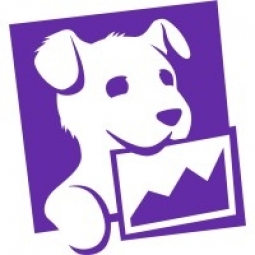Datadog
Case Studies
Toyota deploys at scale faster and more securely by monitoring AWS with Datadog
Overview
 |
Toyota deploys at scale faster and more securely by monitoring AWS with DatadogDatadog |
Analytics & Modeling - Real Time Analytics Infrastructure as a Service (IaaS) - Cloud Computing Platform as a Service (PaaS) - Application Development Platforms | |
Automotive | |
Discrete Manufacturing Product Research & Development | |
Cloud Planning, Design & Implementation Services Data Science Services | |
Operational Impact
| TMNA has saved $10 million over two years using Chofer. Part of that savings can be attributed to using Datadog to monitor its underlying infrastructure, supporting services, applications, and security data in a single observability platform. | |
| With these time savings, teams now ship projects in weeks instead of quarterly. | |
| In addition, since new hires can easily make sense of TMNA’s distributed architecture with Datadog’s centralized platform, onboarding developers and contractors now takes as little as three to four days instead of the eight to twelve weeks previously required. | |
Quantitative Benefit
| MTTD reduced by 96% from about 6 hours to 15 minutes on average | |
| New developers and contractors onboard 20X faster in 3–4 days instead of 8–12 weeks | |
| Teams now ship projects in weeks instead of quarterly | |


